1. What You Want
If you’re searching for medicinal mushroom supplements that offer increased energy, reduced fatigue, and increased libido, but then you buy a bottle of Turkey Tail mycelium, you might want to do a bit more homework.
Though this is far from a comprehensive list, here’s a list of the most popular medicinal mushrooms and their most well studied benefits:

Reishi (Ganodema lucidum and other Ganoderma species)
- Anti-HIV, anti-carcinogenic, anti-inflammatory, anti-viral, anti-arthritis, and many more
Turkey Tail (Trametes versicolor)
- A powerful anti-carcinogenic (the original chemo treatment, Krestin, was sourced from a polysaccharide within Turkey Tail, polysachharide Krestin aka PSK)
Lion’s Mane (Hericium erinaceus)
- Promotes good gut health
- Supports cognitive health by promoting nerve growth factor and new neural sheathing, thereby aiding in the protection of neural pathways
- May possess compounds that are anti-Dementia and anti-Alzheimer’s
Chaga (Inonotus obliquus)
- Antioxidant, anti-viral, anti-bacterial
Cordyceps (Cordyceps militaris and Ophiocordyceps sinensis)
- Anti-carcinogenic, anti-fatigue, increases oxygenation of blood, stimulates libidom may help combat erectile dysfunction
Shiitake (Lentinula edodes)
- Anti-tumor, anti-hepatitis, anti-HIV
Maitake (Grifola frondosa)
- Anti-tumor, anti-HIV, anti-prostate cancer, helps increases insulin production
2. What You’re Buying
There’s an ongoing and seemingly never-ending debate in the mycological community.
What makes better medicinal mushroom supplements? Products made from mushroom fruit bodies or products made from mushroom mycelium — either grown on grain or in a liquid broth that’s sometimes then fermented.
Here at the Fungi Academy, we tend to answer that thorny question with a better question:
Why not both?
We believe that to truly create full spectrum medicinal mushroom supplements with as many beneficial compounds as possible, it’s probably wise to consume the mushroom and its mycelium.
But regardless of where you stand on this issue, the truth is that when you buy medicinal mushroom supplements, you need to know what’s in the product.
The two mushroom species with the highest beta-d-glucan content are Reishi and Turkey Tail. Approximately 50 percent — by dry weight — of the mushroom fruit bodies of those two species consist of beta-d-glucans
Jeff Chilton, founder of Nammex
Some of the most common products on the market include dual extracted tinctures (from mushroom fruit bodies), powdered mushroom fruit bodies, powdered mycelium grown on cereal grains, and powdered mycelium grown in a liquid broth. The mycelium-based products also sometimes go through a fermentation process, especially common in Turkey Tail products.
It’s also important to know whether the medicinal mushroom supplements you’re buying are from a single mushroom species or is a blend of multiple mushroom species. While consuming multiple medicinal mushrooms may seem like a good bet, this shotgun approach may actually constitute a dilution of potency — i.e. you only get a little bit of each mushroom — rather than offering a synergistic effect.
3. What Makes Medicinal Mushrooms Medicinal
In a nutshell, the main medicinal compounds in medicinal mushrooms are beta-d-glucans, terpenoids, and ergosterol.
Beta-d-glucans are the star of the show. A naturally occurring polysaccharide, — complex, long-chain sugars — beta-d-glucans are present in the cell walls of mushrooms, mycelium, yeast, and certain bacteria. In fact, about half the mass of the fungal cell wall is made up of beta-glucans. Generally speaking, beta-d-glucans activate or potentiate your innate and adaptive immunity, increasing and enhancing the numbers of macrophages, NK cells, and T-cells in your immune system.


Terpenoids (especially triterpenoids, aka triterpenes) are a non-water soluble lipid that studies have found is liver protective, lipid lowering, antioxidant rich, histamine release inhibiting, and anti-inflammatory. In conjunction with beta-d-glucans, terpenoids help the body and its immune response find homeostasis during times of stress and fatigue.
Ergosterol, which is also considered a triterpenoid, is present in all fungi and is a corollary to cholesterol in humans. Its main benefits are its antitumor and antioxidant properties. Ergosterol is a precursor to vitamin D, meaning that by exposing mushrooms to UV light — e.g. the sun— you can raise the vitamin D2 level in your mushrooms.
4. Where It Was Grown
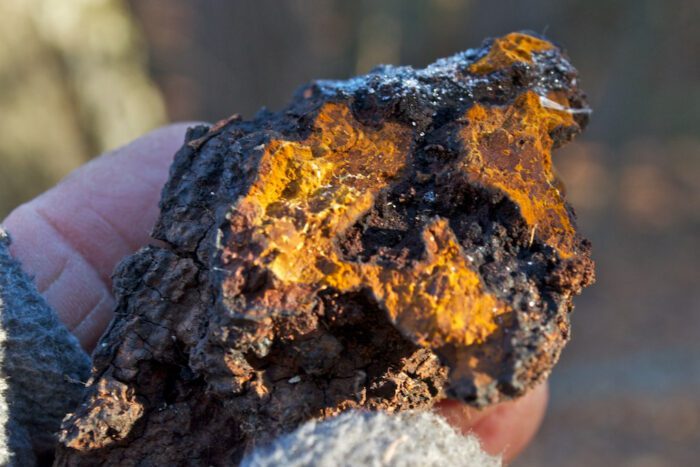
5. How the Compounds Are Extracted and Absorbed By Your Body
While most if not all of the beta-d-glucans present in medicinal mushrooms can be extracted via a simple hot water extraction — simmer the mushroom in hot water for two to four hours, then strain out the mushroom matter — many tinctures on today’s market are from a process called dual extraction.
The process is rather simple. First, you perform a hot water extraction. Then, you perform a solvent-based extraction, typically with ethanol alcohol, to pull out any other compounds — esp. terpenoids — that may have been left behind.
Jeff Chilton, founder of Nammex, a medicinal mushroom supplement company, notes that in analysis carried out by his company, terpenoids, though non-water soluble, were still found in just the hot water extraction. In essence, the terpenoids may not dissolve but they’re still in the product.
As for those beta-d-glucans, well, they and other polysaccharides are much too large to pass from the intestinal tract into the bloodstream—with the exception of Lion’s Mane mushroom’s main medicinal compounds. This means that just consuming the fruit body in a powdered form isn’t going to get you far.
Nonetheless, some companies advertise micronized (nano-particles) powdered medicinal mushroom supplement products in an effort to convince consumers their product is superior in terms of absorption by your body.
But when it comes to getting the most bang for your buck, we tend to believe products based on the dual extracted fruit body method are a good place to start.
6. What The Product’s Claims Really Mean
By now, you probably understand what a company means when they market their medicinal mushroom supplement product as a dual extract, pulverized, and/or micronized.
But that’s just the tip of the “product claims” iceberg.
If you’ve ever seen products tout their medicinal mushroom supplements’ polysaccharide content, perhaps you’ve concluded that it’s indicative of a good product and that the more polysaccharides found in a product, the better.
But this simply isn’t true.
Polysaccharide content is a fancy way of saying nothing while sounding like you’re saying everything. While it’s true that beta-d-glucans are polysaccharides, so too are starches like the ones found in potatoes, cereal grains, corn, and rice. In other words, high polysaccharide content may be more indicative that you’re buying a whole lot of cereal grains with a smattering of mycelium than a product with a high beta-d-glucan content.
Further, if you ever see medicinal mushroom supplements claim that they contain hundreds of triterpenoids, be wary. Though it is true that, for example, Reishi mushrooms have hundreds of triterpenoids — Ganoderic acids, primarily — the concentration of almost all of them on an individual basis is low enough to be inconsequential.
o
By now, you should have a firm idea of what to look for and what to avoid when searching for the right medicinal mushroom supplements.
This is not only great news for you! It’s great news for all of us!
That’s because the more educated the consumer is, the higher the demand will be for companies to innovate, research, and ultimately produce the most medicinally effective medicinal mushroom supplements they can.
About the Author

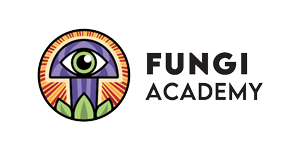

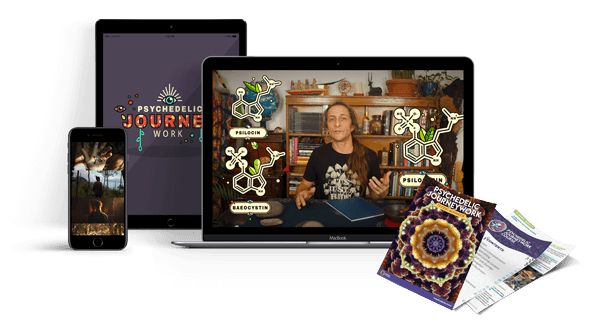

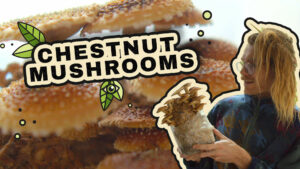
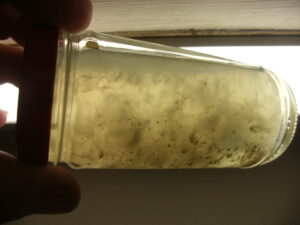

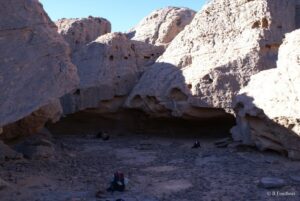


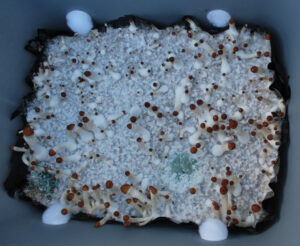
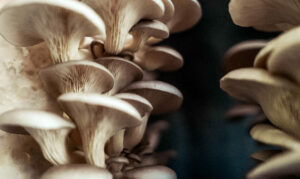
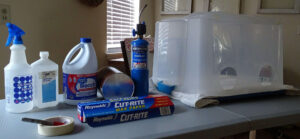
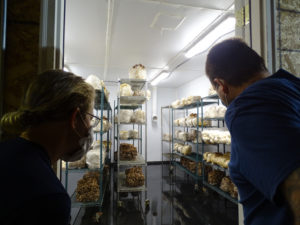

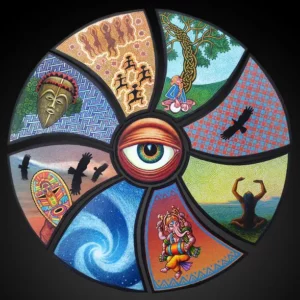


Responses
Hi Sam, Wonderful and very informative. I leave on the 17th for another major operation but in the meantime I have been getting more into holistic and have quite a few products. Maybe during my recovery we can talk, so I can get your input.
Found this very informative